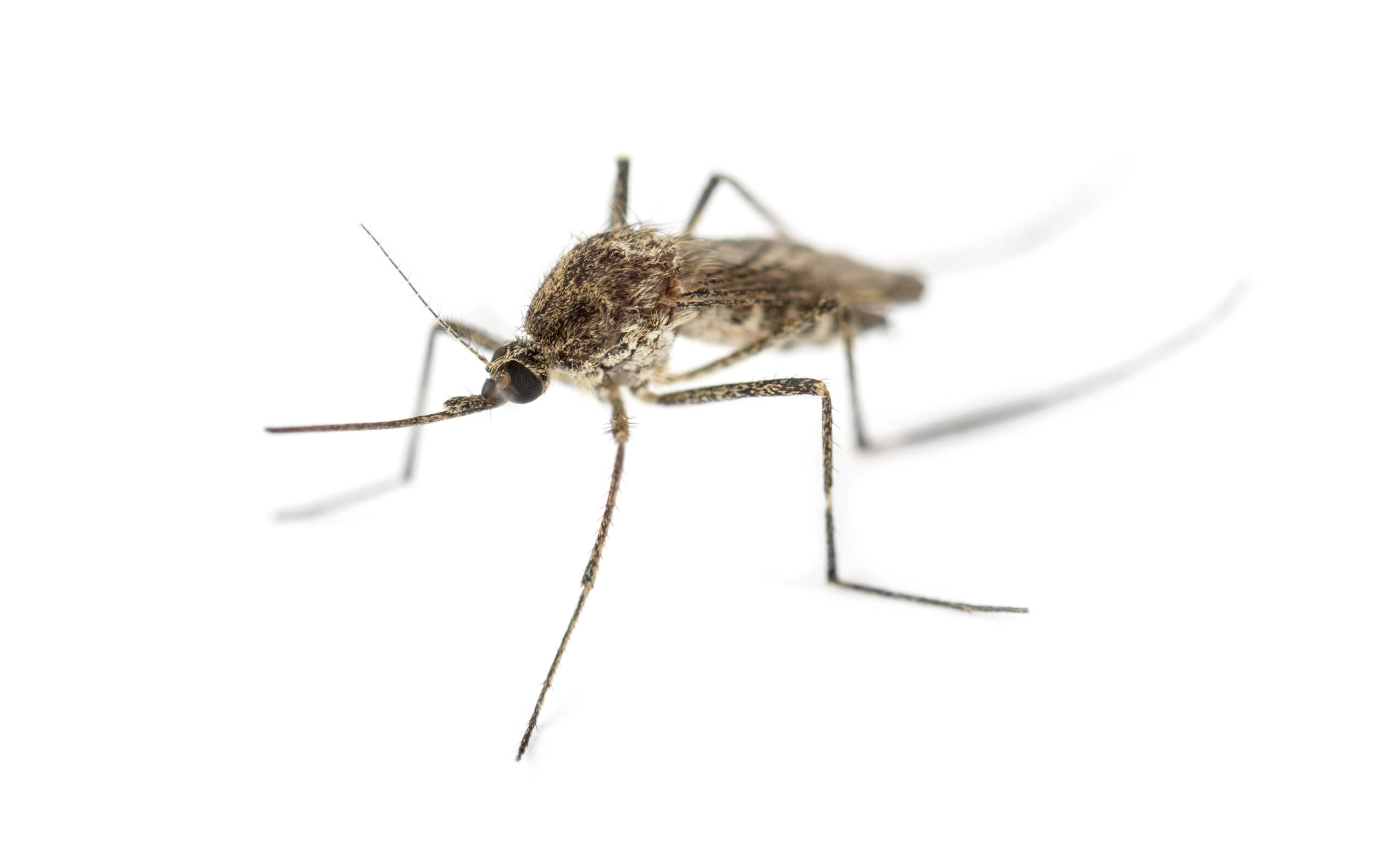1. About Mosquitoes
Mosquitoes are small, flying insects known for their itchy bites and potential to transmit diseases. They are found in almost every part of the world, except Antarctica. Only female mosquitoes bite humans and animals to obtain the blood they need for egg production. Mosquitoes are notorious vectors of diseases like malaria, dengue fever, Zika virus, and West Nile virus, making them a significant public health concern. They breed in stagnant water and are most active at dawn and dusk.
2. How to Get Rid of Mosquitoes
To eliminate mosquitoes, it’s essential to remove standing water around your home, as it serves as their breeding ground. Regularly empty containers, clean gutters, and change the water in birdbaths or pet dishes. Installing screens on windows and doors can help keep mosquitoes out of your home. Mosquito traps and repellents, including sprays with DEET or natural options like citronella, can also be used to reduce mosquito presence. In areas with heavy mosquito populations, fogging or professional pest control services may be required for more extensive treatments.
3. Introduction
Mosquitoes are more than just a nuisance during warm months—they are among the deadliest creatures on Earth due to their ability to transmit diseases. Understanding where mosquitoes come from, how they behave, and how to protect yourself from their bites is crucial in preventing the discomfort and risks associated with them. With the right prevention and control measures, you can reduce mosquito populations and enjoy your home without the constant threat of bites.
4. Identification of Mosquito Species
There are over 3,500 species of mosquitoes, but only a few are responsible for transmitting diseases to humans. Common species include the Aedes mosquito (responsible for dengue and Zika virus), the Anopheles mosquito (which transmits malaria), and the Culex mosquito (associated with West Nile virus). They can be identified by their slender bodies, long legs, and distinctive antennae. Female mosquitoes have a needle-like proboscis for piercing skin and feeding on blood.
5. Behavior and Habitat
Mosquitoes thrive in humid environments and prefer areas with standing water, where they lay their eggs. They are most active during the evening and early morning hours, though some species are active throughout the day. Female mosquitoes seek blood meals from humans and animals to nourish their eggs, while males feed on nectar. Mosquitoes tend to stay near their breeding grounds, although they may travel longer distances to find a blood source.
6. Feeding Habits
Only female mosquitoes bite humans and animals for blood, which is used for egg production. Male mosquitoes do not bite—they feed on nectar and plant juices. Mosquitoes are attracted to carbon dioxide, heat, and body odors, which is why they tend to bite people more than animals. After obtaining a blood meal, female mosquitoes will lay their eggs in water, where the larvae will hatch and develop into adult mosquitoes.
7. Prevention and Protection
To prevent mosquito bites, use insect repellents containing DEET or other effective ingredients like picaridin or oil of lemon eucalyptus. Wear long sleeves and pants when outdoors, particularly during peak mosquito activity hours. Install window and door screens to keep mosquitoes out of your home. Eliminate breeding grounds by removing standing water around your property, such as in flowerpots, birdbaths, or clogged gutters. Consider using mosquito nets while sleeping if you live in an area with a high mosquito population.
8. Methods of Control
Effective mosquito control involves eliminating breeding sites, using repellents, and employing traps. Removing standing water is the most important step, as mosquitoes require water to breed. Mosquito traps that attract and kill adult mosquitoes can also be used, as well as natural deterrents like citronella or lavender oil. Chemical treatments, including fogging and spraying insecticides, may be necessary for large infestations. For long-term prevention, consider introducing mosquito-eating predators like fish or bats to your property.
9. Environmental Impact and Ecology
While mosquitoes are often seen as pests, they play an important role in the ecosystem. As a food source for many animals, including birds, bats, and other insects, mosquitoes are an integral part of many food chains. They also pollinate plants, particularly in tropical areas. However, due to their role in spreading diseases, controlling mosquito populations near human settlements is essential to protect public health. It’s important to strike a balance in managing mosquitoes without causing harm to the environment or the animals that rely on them.
10. Conclusion
Mosquitoes may be small, but their impact on human health can be significant due to their ability to spread dangerous diseases. By understanding their behavior and implementing effective control measures, you can reduce your risk of bites and prevent mosquito-borne illnesses. Removing breeding grounds, using repellents, and taking steps to protect your home are key to managing mosquito populations. With careful attention to these measures, you can create a safer, more comfortable environment for yourself and your family.


